In Which Dysrhythmias Should Treatment Be Instituted Immediately?
In which dysrhythmias should treatment be instituted immediately?. For certain dysrhythmias like atrial fibrillation your physician may treat you with this procedure during which a shock is delivered to your heart through paddles or patches on your chest. Which dysrhythmia is thought to be associated with reentrant mechanisms a from NURS 111 at Holy Names University. Involves positioning a catheter in the righ atrium between the inferior vena cava and tricuspid valve.
Dysrhythmias are caused by the firing of abnormal pacemaker cells blockage of normal electrical pathways or a combination of both. Premature atrial complexes occurring every 20 seconds d. Using electical energy the tissue is destroyed the dysrhythmia is terminated and normal sinus rhythm is restored.
Patho Midterm SG In which dysrhythmias should treatment be instituted immediately. In which dysrhythmias should treatment be instituted immediately. Dysrhythmias however must be identified with the aid of an electrocardiogram ECG which provides a tracing of the electrical activity of the heart.
O Atrial fibrillation with a ventricular. View Patho SG 3docx from NURS 100 at West Coast University Los Angeles. Premature atrial complexes occurring every 20 seconds b.
All of the following dysrhythmias are thought to be associated with reentrant from HSC 4555 at University of Central Florida. Fever-induced tachycardia at 122 beatsmin c. Fever-induced tachycardia at 122 beatsminute c.
Common sequelae of cardiac diseases test bank multiple choice heart failure is characterized pulmonary congestion. Atrial fibrillation with a ventricular rate of 220 beatsmin ANS. Are expected to progress to a more serious level In which dysrhythmias should from NURSING MISC at California State University Fresno.
Asymptomatic sinus bradycardia at a heart rate of 50 beatsmin b. Radio frequency catheter ablation is the treatment of choice for atrial flutter.
Which dysrhythmia is thought to be associated with reentrant mechanisms a from NURS 111 at Holy Names University.
All of the following dysrhythmias are thought to be associated with reentrant from HSC 4555 at University of Central Florida. For certain dysrhythmias like atrial fibrillation your physician may treat you with this procedure during which a shock is delivered to your heart through paddles or patches on your chest. Atrial fibrillation with a ventricular rate of 220 beatsmin ANS. Using electical energy the tissue is destroyed the dysrhythmia is terminated and normal sinus rhythm is restored. Involves positioning a catheter in the righ atrium between the inferior vena cava and tricuspid valve. Are expected to progress to a more serious level In which dysrhythmias should from NURSING MISC at California State University Fresno. Asymptomatic sinus bradycardia at a heart rate of 50 beatsmin b. Common sequelae of cardiac diseases test bank multiple choice heart failure is characterized pulmonary congestion. Dysrhythmias however must be identified with the aid of an electrocardiogram ECG which provides a tracing of the electrical activity of the heart.
Asymptomatic sinus bradycardia at a heart rate of 50 beatsminute d. Which dysrhythmia is thought to be associated with reentrant mechanisms a from NURS 111 at Holy Names University. O Atrial fibrillation with a ventricular. Asymptomatic sinus bradycardia at a heart rate of 50 beatsmin b. Dysrhythmias are caused by the firing of abnormal pacemaker cells blockage of normal electrical pathways or a combination of both. For certain dysrhythmias like atrial fibrillation your physician may treat you with this procedure during which a shock is delivered to your heart through paddles or patches on your chest. Common sequelae of cardiac diseases test bank multiple choice heart failure is characterized pulmonary congestion.



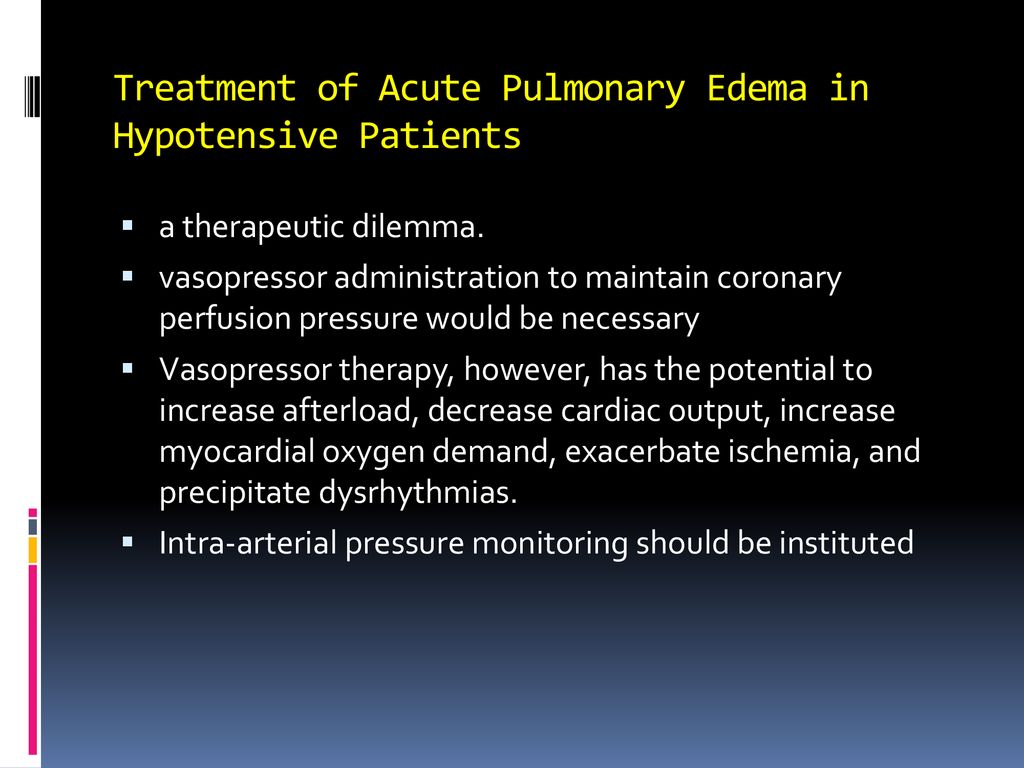

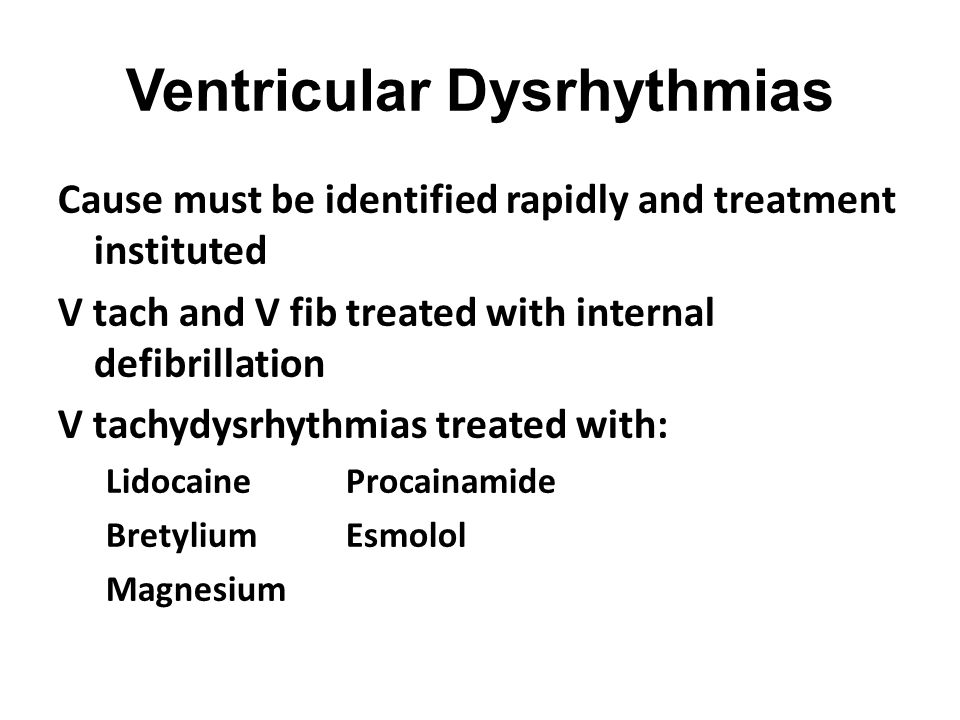
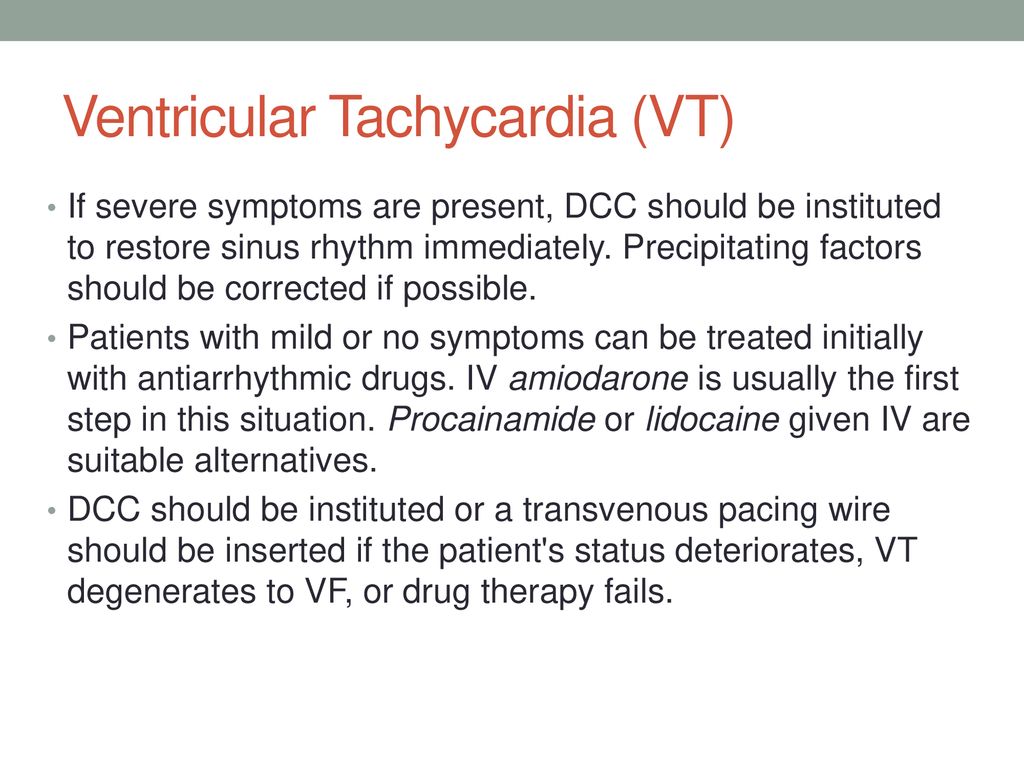
/arrhythmia-diagnosis1-5af1c82c8023b900377feab2.png)






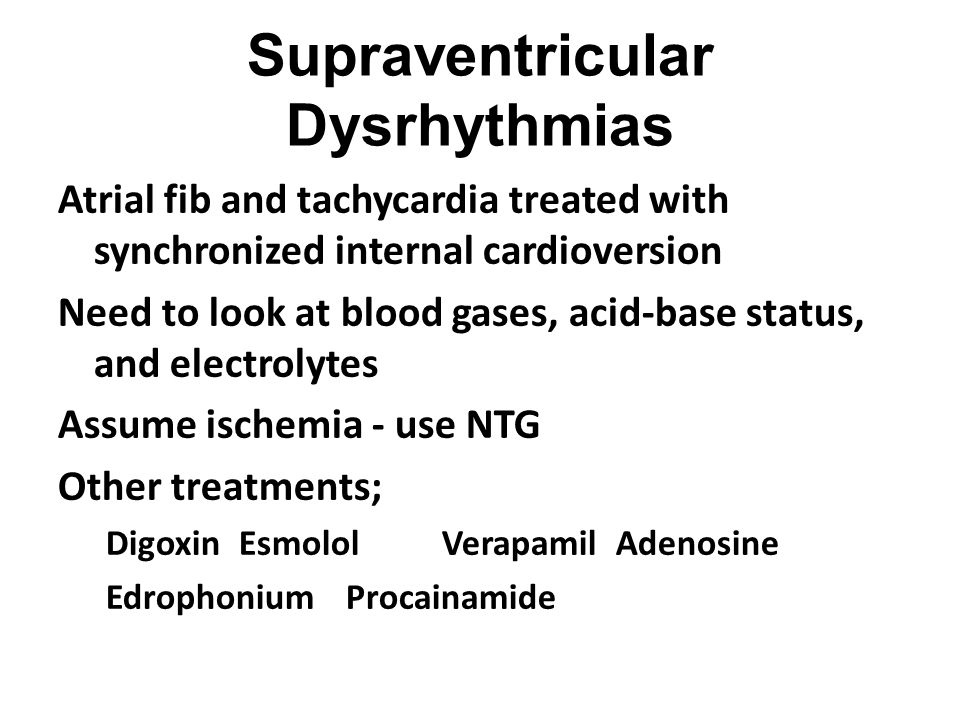


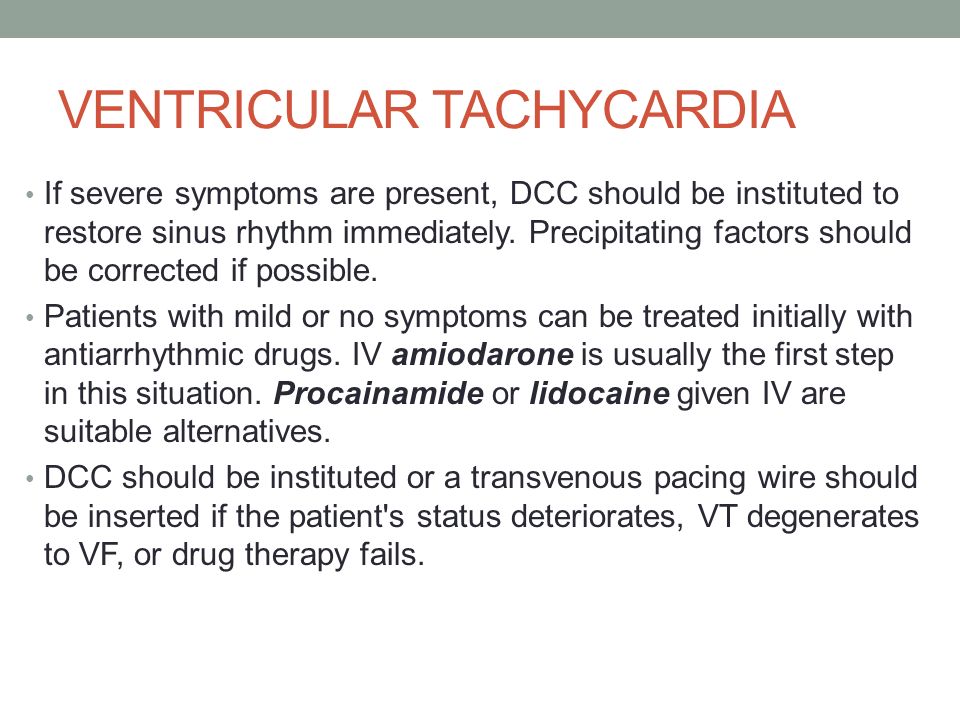






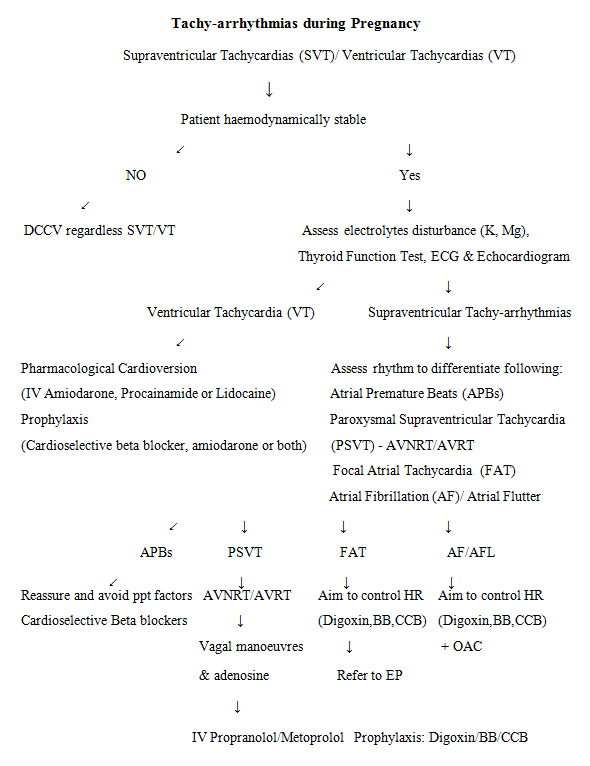



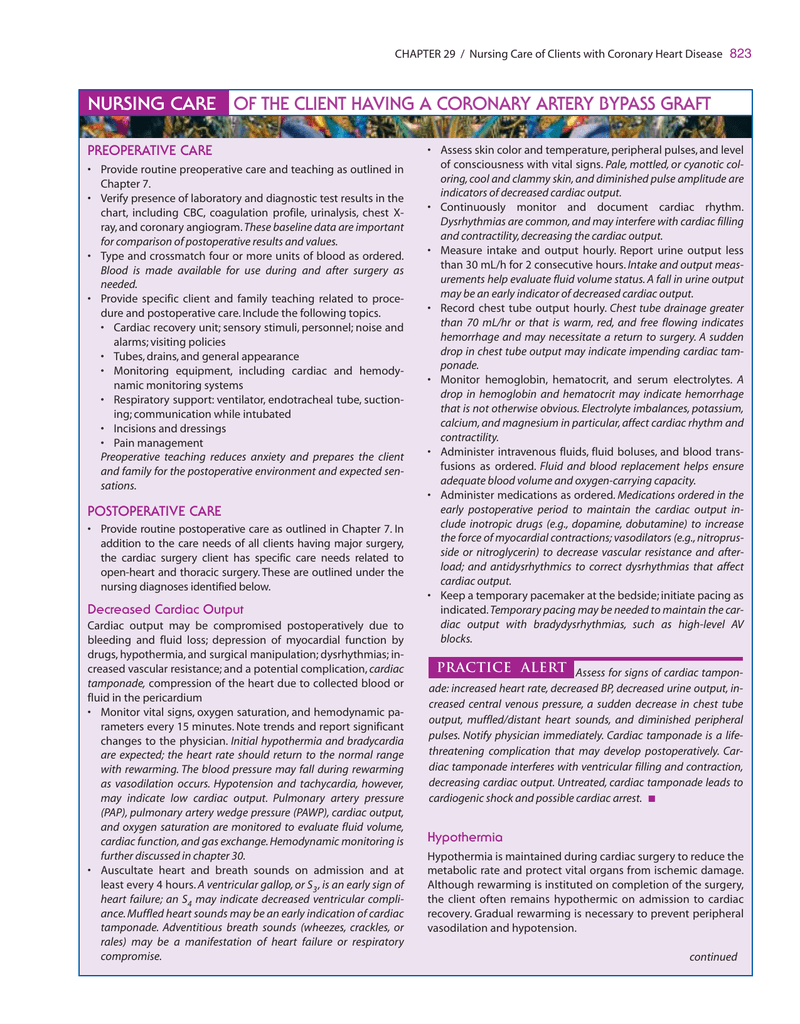








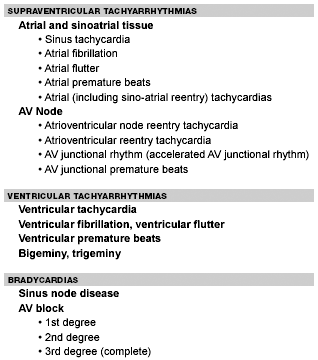
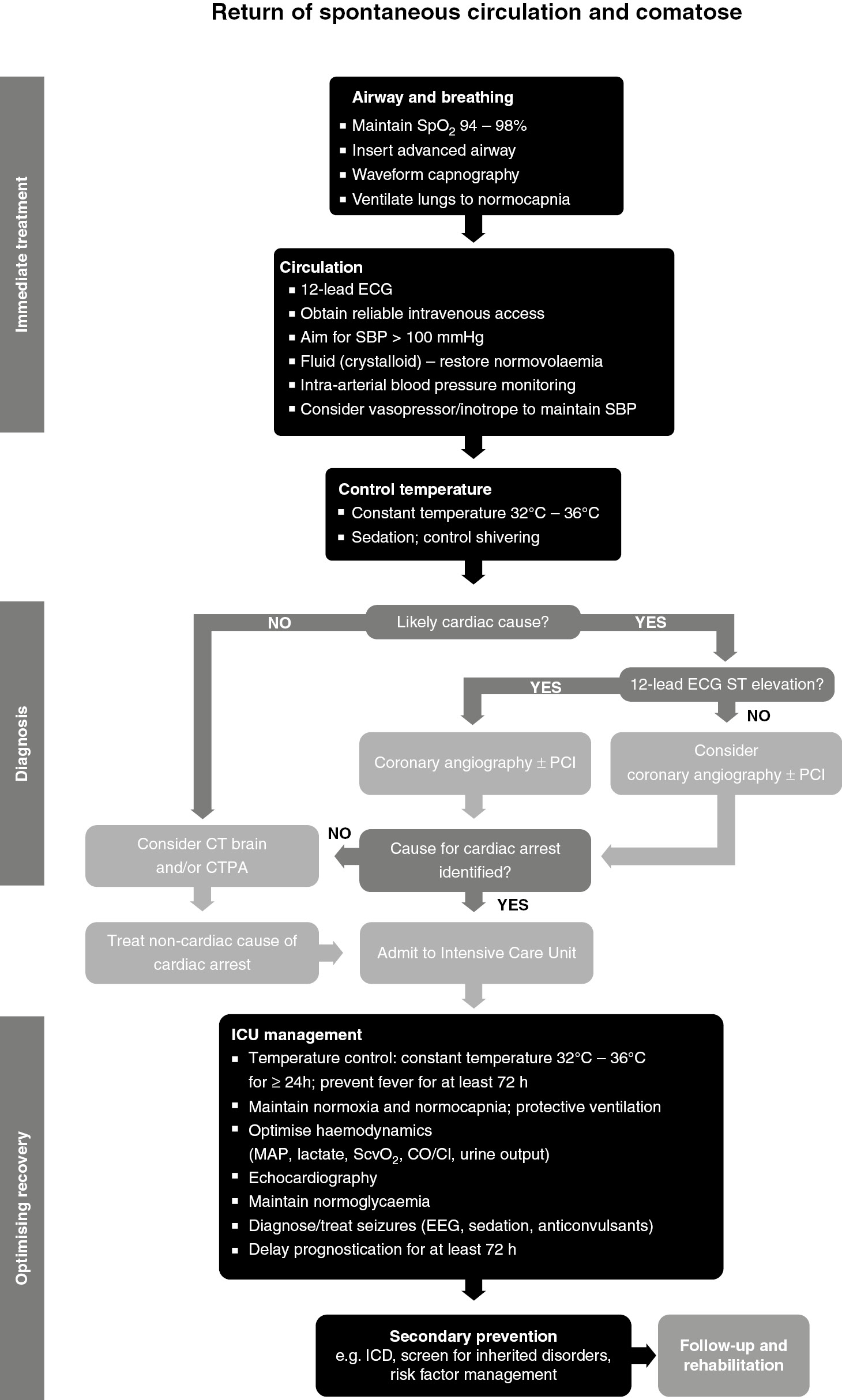
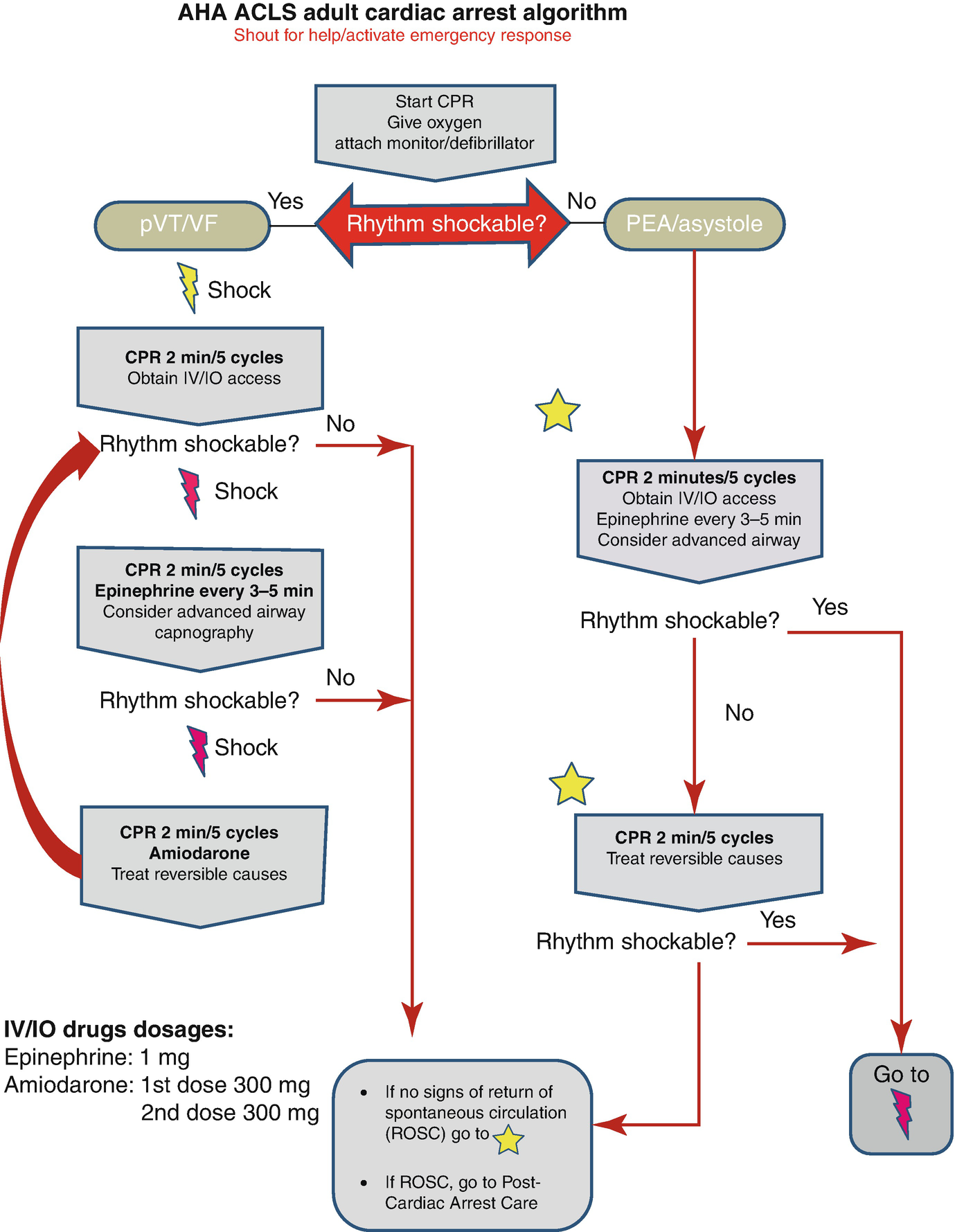


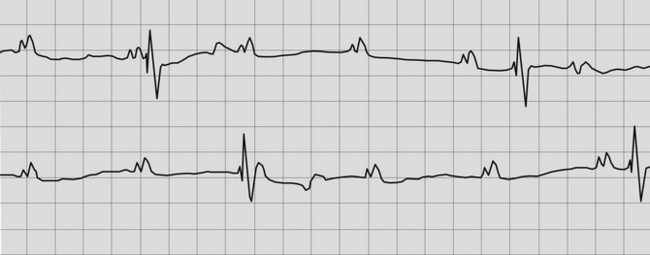



Post a Comment for "In Which Dysrhythmias Should Treatment Be Instituted Immediately?"